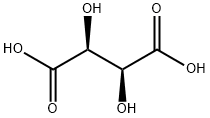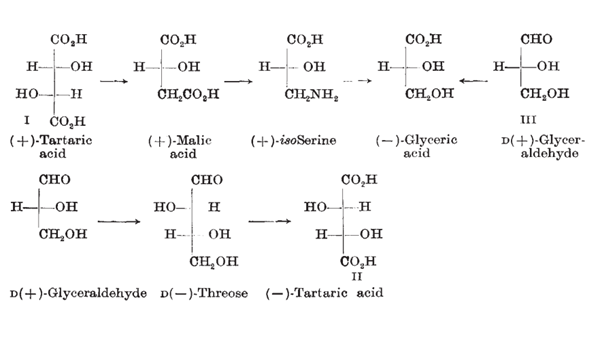Innovative Uses and Eco-Friendly Production of D-Tartaric Acid in Sensor Technology and Bioengineering
D-tartaric acid is the D-enantiomer of tartaric acid. As a metabolite of Escherichia coli, it is the conjugate acid of D-tartaric acid (1-) and the enantiomer of L-tartaric acid.

Figure 1. D-Tartaric acid
Chemical isomers of tartaric acid
There are three chemical isomers of tartaric acid, namely L(+)-tartaric acid (dextrorotatory), D(-)-tartaric acid (levorotatory) and meso-tartaric acid. The tartaric acid usually obtained by chemical synthesis is DL-tartaric acid (racemic), in which the ratio of dextrorotatory and levorotatory is 50% and 50% respectively; L(+)-tartaric acid is a natural configuration, also known as d-tartaric acid, which is widely found in many plants such as grapes and tamarind; D(-)-tartaric acid is found in the fruits and leaves of Bauhinia, also known as l-tartaric acid; L(+)-tartaric acid, D(-)-tartaric acid and meso-tartaric acid can all be obtained through biosynthesis.
General description
D-(-)-Tartaric acid is a polycrystalline solid widely used as a food additive. It is reported to exhibit piezoelectric effect.
D-(−)-Tartaric acid is a polyhydroxy acid. D-Tartaric acid is reported to be oxidized. The crystal structure of D-(−)-tartaric acid has been studied by X-ray and neutron diffraction. Tartaric acid is reported to be one of the components of soybean fat alcohol. Tartaric acid contributes to the formation of Y2O3:Eu3+ nanoparticles by sol-gel method. Tartaric acid is the main acid in grape and red wine.
Applications
D-(-)-Tartaric acid has been used for near-field terahertz time-domain spectroscopy (THz-TDS) analysis of waveguides filled with polycrystalline D-tartaric acid, polyethylene, and silica powders.
D-(−)-Tartaric acid can be used to synthesize HIV protease inhibitor nelfinavir. It can be used to synthesize chiral aziridine derivatives, which are commonly used intermediates in the synthesis of hydroxyethylamine HIV protease inhibitors such as saquinavir, amprenavir, or nelfinavir.
You may like
Related articles And Qustion
Lastest Price from D-(-)-Tartaric Acid manufacturers

US $0.00-0.00/KG2025-11-05
- CAS:
- 147-71-7
- Min. Order:
- 1KG
- Purity:
- 99%
- Supply Ability:
- 20TONS

US $6.00/kg2025-11-03
- CAS:
- 147-71-7
- Min. Order:
- 1kg
- Purity:
- 99%
- Supply Ability:
- 300tons



